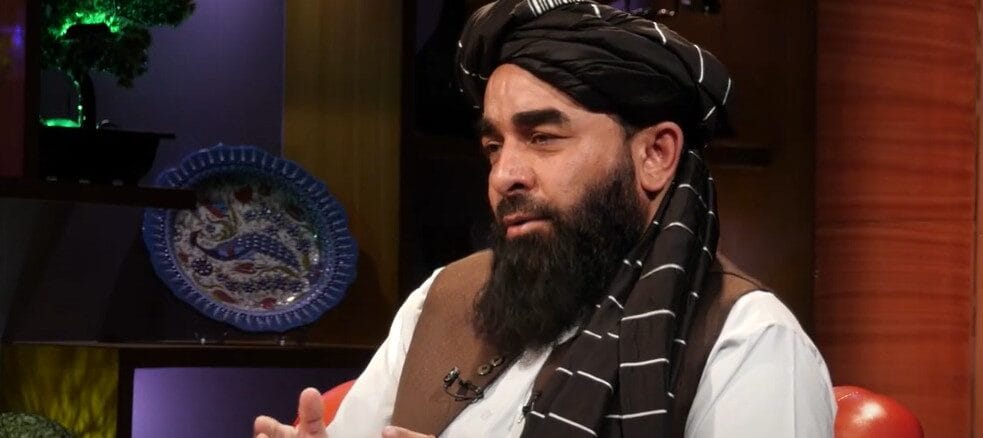
Reports of internal discord within the Taliban leadership are growing as high-ranking officials express discontent over key policy decisions, particularly the ban on girls’ education. While Taliban spokespersons continue to deny these claims, mounting evidence suggests increasing divisions within the ruling group.
Taliban Dismiss Reports of Infighting
Taliban officials insist that their leadership remains united. In a recent discussion on the social media platform X (formerly Twitter), Taliban spokesperson Zabihullah Mujahid dismissed concerns, stating:
“We assure Afghans that the Islamic Emirate remains united. There should be no doubt about our leadership. The Islamic Emirate’s authority today and in the future is a reality, and we are committed to preserving it.”
Mujahid’s statement follows growing reports of tensions between various Taliban factions. The primary divisions appear to stem from differences in governance priorities, particularly on social policies such as the restriction on female education.
Education Ban Sparks Internal Dissent
Sher Mohammad Abbas Stanikzai, the Taliban’s deputy foreign minister, has emerged as a prominent critic of the ban on girls’ education. In a speech in Khost province on January 20, he denounced the restrictions, describing them as unjustified and inconsistent with Islamic teachings.
“There is no excuse for this—not now, not in the future. We are being unjust to 20 million people,” Stanikzai said, highlighting the historical role of women in Islamic scholarship.
Following his remarks, reports surfaced alleging that Taliban Supreme Leader Hibatullah Akhundzada ordered Stanikzai’s arrest, forcing him to flee to the United Arab Emirates. While Taliban officials have not confirmed these claims, Stanikzai acknowledged traveling to Dubai, citing health reasons.
Growing Power Struggles
Beyond the issue of female education, tensions reportedly persist between factions aligned with the Taliban leadership in Kandahar and those associated with the influential Haqqanis. Sources indicate that Interior Minister Sirajuddin Haqqani has not returned to Afghanistan since traveling to the UAE and Saudi Arabia weeks ago. The United Nations Security Council recently granted Haqqani a temporary travel exemption, allowing him to visit Saudi Arabia for the Umrah pilgrimage from January 23 to February 3, 2025. This follows similar exemptions granted to other Taliban officials, including Noor Mohammad Saqib and Amir Khan Muttaqi, for travel to Saudi Arabia and the UAE, respectively. Haqqani had reportedly left Afghanistan for Saudi Arabia two weeks before the exemption’s announcement.
Meanwhile, Akhundzada has reportedly deployed loyalist forces from Kandahar to key locations in Kabul, including the international airport and the historic Bala Hissar fortress. Analysts interpret this as a move to consolidate power and counter potential threats from rival factions.
A source from Kabul’s international airport told Yaraan that security measures have recently intensified, with an increased presence of military personnel monitoring travel movements. Similar reports from Amu Television suggest that Taliban leadership is reinforcing control over areas previously dominated by the Haqqani.
Regional and International Implications
Despite these internal disputes, there is no clear indication that external powers, including the United States, are actively attempting to destabilize the Taliban’s rule. However, according to Afghan journalist Mirwais Afghan, Pakistan has been accused of lobbying to weaken the Taliban government. He suggests that Islamabad’s approach aligns with its broader regional interests.
As Taliban leadership struggles with internal cohesion, Afghanistan’s economic and social challenges continue to escalate. The future stability of the regime may depend on whether its leaders can bridge their differences or if these tensions will evolve into a more serious political fracture.


Be the first to comment